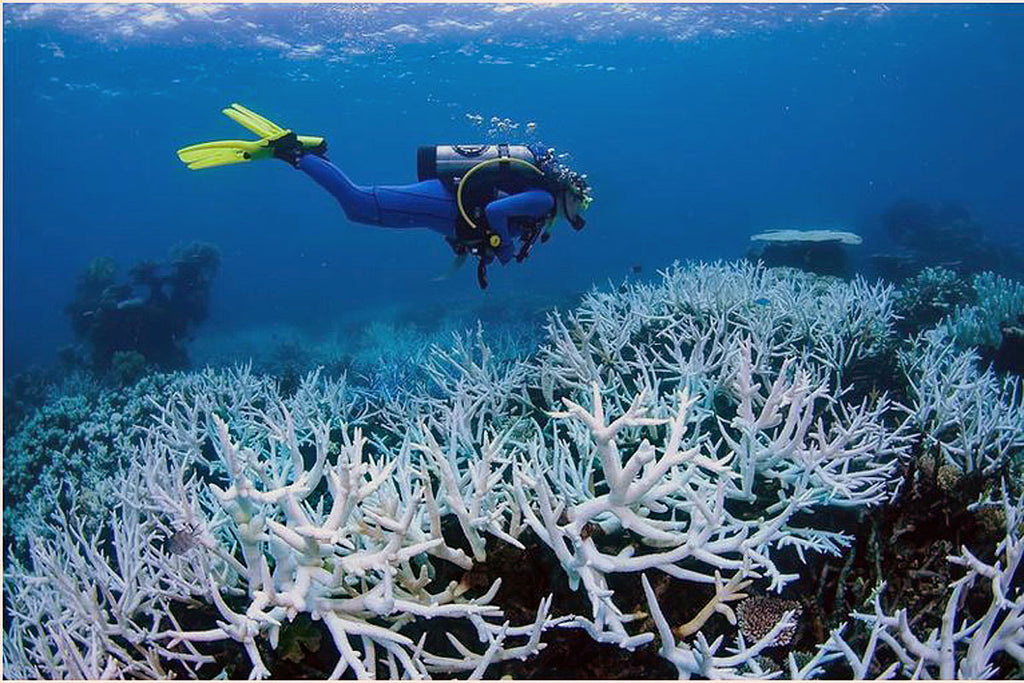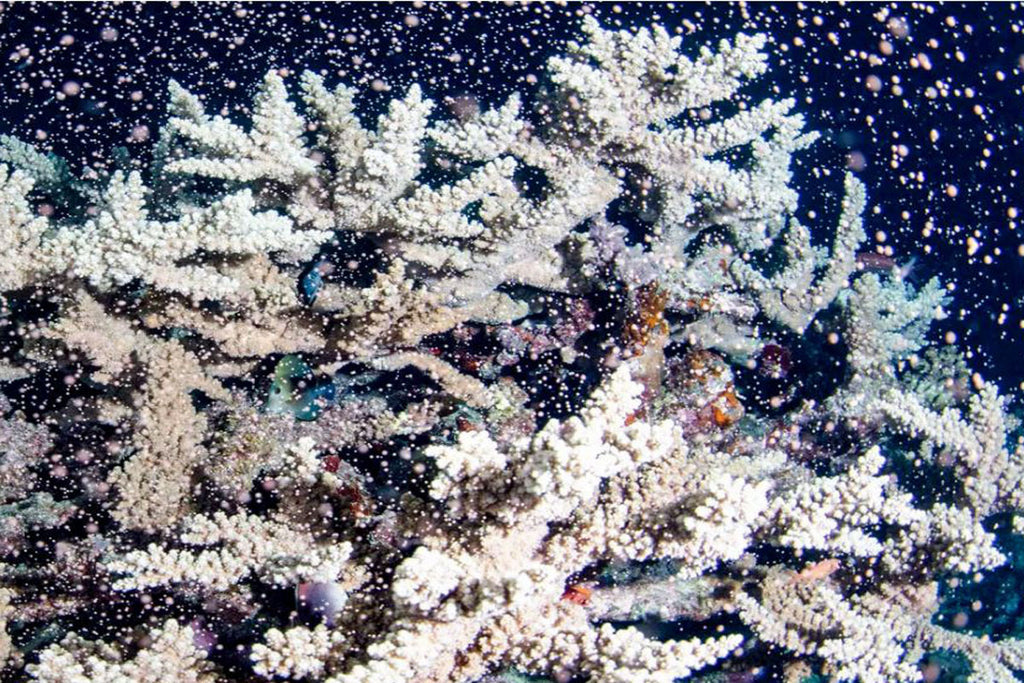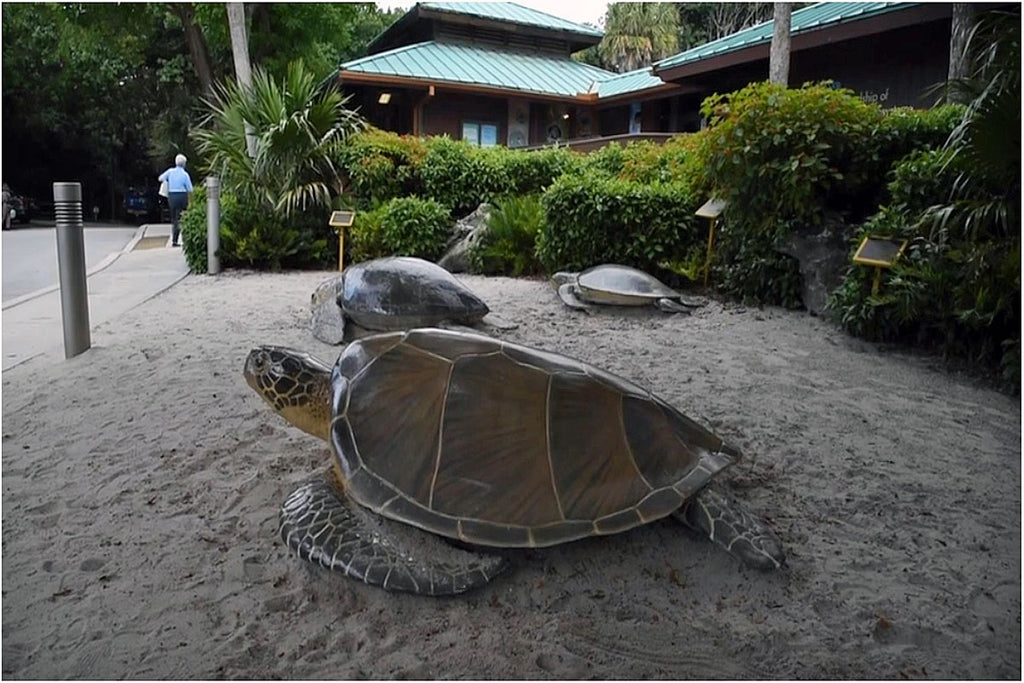Climate Charge is Turning Florida's Sea Turtles Female
- News
- 28 Aug, 2019
Dr. Jeanette Wyneken researches marine turtles at the FAU Marine Laboratory in Boca Raton. Among other things, rising temperatures are the biggest threat to the health and survival of imperiled species of marine turtles.
Two dozen tiny leatherback turtles swam around in small tanks, attached by fishing lines to a system that kept them from hitting walls and hurting themselves. As an open-water species, leatherbacks don’t recognize barriers, so they are kept on leashes at Florida Atlantic University’s lab at Gumbo Limbo Nature Center in Boca Raton. It was lunchtime and Professor Jeanette Wyneken was feeding them a concoction she perfected over the years: organic gelatin, fish oil, protein and vitamins, shaped into little squares. Leatherbacks are picky eaters, feeding mostly on jellyfish. Wyneken planned to fatten the baby turtles for a few weeks, until they are about the size of her palm and can undergo a laparoscopy to check their otherwise imperceptible gender — a process that requires inserting a tiny camera to view internal organs. Dozens of hatchlings will go through Wyneken’s lab this nesting season as part of her long-running turtle sex-ratio research in South Florida. Yet even before any testing is done and the hatchlings are released back into the ocean, the scientist already knows there is a strong chance most of the turtles will be one gender: female. As is the case with some reptiles, the sex of sea turtles is determined by the temperature of the sand where the eggs incubate. With climate change turning up the heat in South Florida, producing longer and hotter summers, sea turtle gender balance is being thrown way out of whack.
“It’s scary,’’ said Wyneken. “I’m seeing more and more all-female nests, and even when we have males, it’s a very small percentage.’’ Wyneken’s research over the past 20 years shows that the number of males is decreasing across the three species she monitors, even as they lay eggs at different times during the March-October nesting season. Using the past decade as a reference, she said that seven out of the 10 years produced 100 percent female hatchlings. The three years in which nests produced males, their numbers ranged from just 10 to 20 percent. In addition to the leatherbacks, the world’s largest sea turtle species, Wyneken tests the genders of loggerheads and green turtles in Boca Raton, Juno Beach and Sanibel Island, where nesting activity is closely monitored and temperatures in nests are tracked year-round. What happens on beaches in Florida is important for sea turtle populations: It’s the only state in the continental U.S. where leatherback turtles regularly nest; it hosts some of the world’s largest nesting aggregations of loggerheads; and it’s home to the second-largest number of green turtle nests in the Western Atlantic, according to the Florida Fish and Wildlife Conservation Commission. In theory, sex ratios among leatherback turtles, which lay eggs early in the season before the height of the summer in South Florida, should be more balanced than that of loggerheads, which usually start nesting in June and whose eggs incubate in the hottest months of the year. And green turtles tend to lay eggs later, when beaches are beginning to cool in late August and September, so more males should hatch from their nests compared with the other two species. But Wyneken said that for the past few years, especially since scorching summers of 2015 and 2016, she hasn’t seen a significant difference in the sex ratios of the species in South Florida: Its girls, girls and more girls, in every nest. And things are getting worse. July was the hottest month ever recorded in the world, coming in slightly higher than the previous record, which was July 2016, according to data from the World Meteorological Organization and the Copernicus Climate Change Service. There were wildfires in the Arctic, a huge ice melt event in Greenland and 90-degree weather in Alaska. European cities baked, with the temperature in Paris reaching 108.7 degrees. And this year’s record temperatures did not get a boost from a strong “El Niño,” which heats up surface sea water and contributes to warmer temperatures, as happened in 2016. ‘’I never thought that what started as research on sea turtle gender ratios on a couple of Florida beaches would become a measuring stick for climate change, but that’s what I’m seeing,’’ Wyneken said. Before warming temperatures began to dramatically skew the sex of sea turtles toward female, the same nest would produce girls and boys, with eggs buried deeper in the sand leading to males and eggs on the warmer surface generating females.
What scientists have observed in South Florida is happening in other sea turtle nesting areas around the world. On Australia’s Raine Island, the biggest green turtle nesting ground in the Pacific, the ratio was 116 females to one male in a 2018 study led by Michael Jensen and Camryn Allen, scientists with the National Oceanic and Atmospheric Administration. The study found that older turtles that had hatched 30 or 40 years earlier were mostly female, but only by a 6 to 1 ratio. Younger turtles, however, born during the last 20 years, were more than 99 percent female. Jensen and Allen “combined genetic and endocrine techniques to show that an important green turtle population has produced primarily females for two decades, suggesting that complete feminization is possible in the near future,” said the research. Another study done recently with green turtles in Guinea-Bissau, West Africa, by the University of Exeter and Portugal’s Marine and Environmental Sciences Center showed similar results. But how soon could turtle populations run out of males?
Sea turtles have been around in some form for more than 200 million years, weathering all kinds of extreme weather events and even survived the extinction of the dinosaurs 66 million years ago. “These sex ratio findings are very concerning and we want to raise awareness about the issue, but there is also some hope,’’ said David Godfrey, executive director of the Sea Turtle Conservancy, a Florida research and conservation nonprofit. “Sea turtles are amazing at adapting to changes in their habitat and in the environment.’’
There have been plenty of success stories of recovery of sea turtle populations. The Conservancy’s green turtle conservation program at Tortuguero, a major nesting spot in Costa Rica, started in 1959 and since then the population has increased six-fold, making the colony the largest in the Western Hemisphere.
Also, one male turtle goes a long way. Sea turtles are polygamous animals and one male will mate with many females. They have a long lifespan of around 50 years, but some species can live longer. Most sea turtles take decades to mature — between 20 and 30 years — and females are actively reproducing for about 10 years. Depending on the species, females will nest between two and eight times each season, laying about 100 eggs in each nest. In Florida, sea turtle nesting activity has seen some ups and downs over the past few years, with a slightly negative trend since 2014. Overall, nest counts recovered significantly from the lows of the ‘80s and ‘90s, a result of conservation efforts in more densely populated areas. Nesting varies widely depending on the species and location. This year, researchers on the Gulf Coast and in Palm Beach County also are betting on record nest counts considering the numbers recorded so far. The Fish and Wildlife Conservation Commission counted 91,451 loggerhead nests in the state in 2018, compared with 86,870 in 2014. But leatherback nests were down at 949 last year, compared with 1,604 in 2014. Green turtle nests reached 4,545 last year, down from 5,895 four years earlier. Sea turtle hatchlings have never had it easy. Not all eggs in a nest are viable, and only a small share of hatchlings will survive and grow to become adults. The eggs may be dug up by raccoons, foxes or other predators. Those same predators can gobble up the babies as they race to the surf after emerging from their nests. Once in the ocean, they aren’t safe: Crabs and other marine animals feed on baby sea turtles. Mature turtles have few natural predators, but humans have done a great job in cutting their survival odds significantly. Poaching of the eggs and the killing of nesting turtles for their meat or to make frames for eye glasses or jewelry have depleted populations all over the world. But the greatest threat to sea turtles is fishing gear, as hundreds of thousands of turtles are accidentally caught by trawl nets and on longline hooks. And now there is climate change. Can they adapt by nesting in cooler beaches? Will females start looking for shadier locations to lay their eggs? “All organisms tend to adapt to their changing environment by evolving through natural selection, but the question is, will turtles adapt as fast as the climate is changing around them?’’ said Fredric Janzen, an evolutionary biologist at Iowa State University who was one of the first scientists to connect climate change to temperature-dependent sex determination in turtles. In a 1994 study titled “Climate Change and Temperature-Dependent Sex Determination in Reptiles,” Janzen found that even a small increase of 1.5 degrees Celsius (2.7 degrees Fahrenheit) was enough to drastically skew the sex ratio of the painted turtles in his research. In his opinion, changes are occurring faster than they did prior to human influence and this can potentially — and fatally — outpace the ability of some species to adapt.







